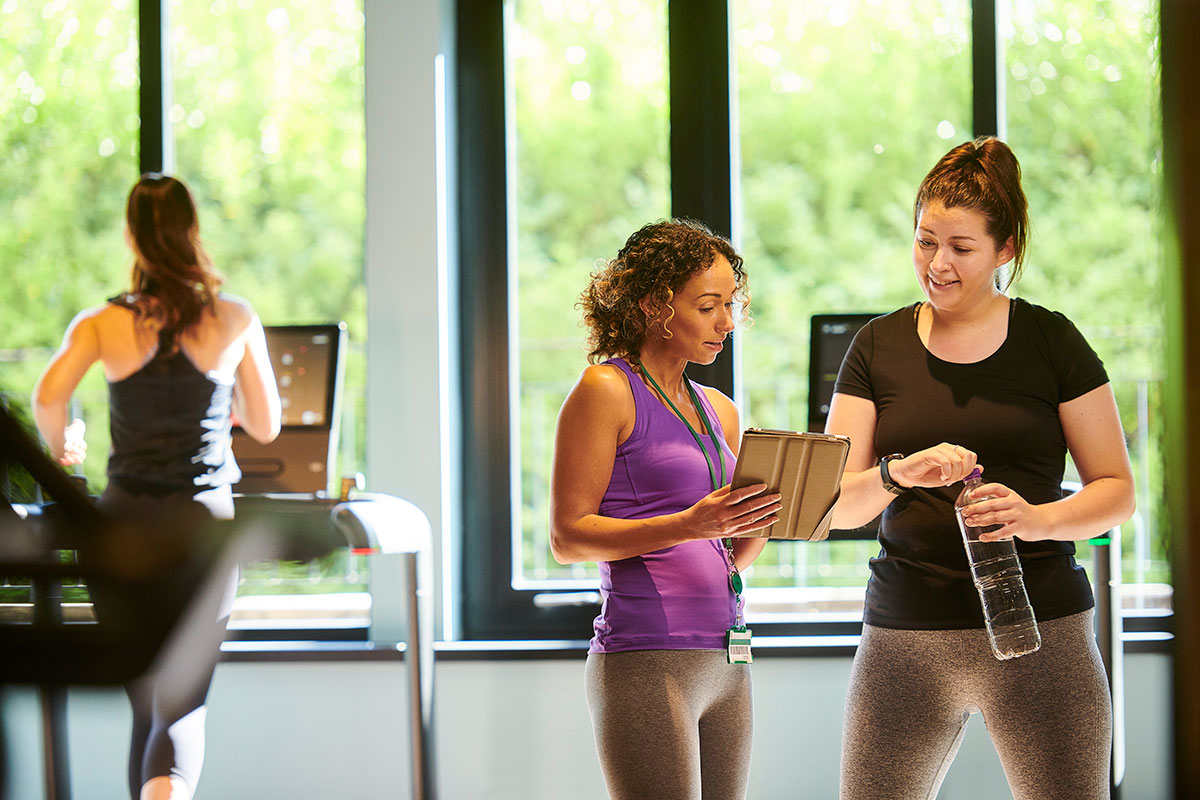Curiosity has the ability to alter the course of events. In October, I went to the IHRSA convention in Dallas, Texas, and I was able to hear Diana Kander’s keynote speech. Kander is a New York Times best-selling author who talks about how to be more innovative. When she spoke, she dropped knowledge bombs all over the place. She and Andy Fromm wrote The Curiosity Muscle, which I read in one sitting after being blown away by how much she knew.
It should be required listening for anyone in the fitness industry who wants to help more people. Kander talks about how curiosity plays a big role in how well we do and how well we don’t do. I’ll give you a quick overview of what she said, and I strongly encourage you to put her words into action: “Curiosity is like a muscle; if you don’t work it, it will get weak. If you work it properly, it will get stronger and help you achieve great things.”
Getting better at what you do makes you less interested in it. It can also happen when you start collecting evidence that shows you’re an expert, like getting clients quickly and helping them get results. This can make you forget about what you offer and how you do your work.
Because our clients’ needs change every day, what worked yesterday may not work tomorrow. While we’re doing things the same way we always have, our clients may be doing the same things, but shiny new things that meet their new needs may catch their eye. They may be running before we can even talk about it.
Keep coming up with new ideas because you are always curious about new things, big and small. If you don’t look for blind spots, you risk wasting time and money on things that aren’t important to your customers. To build scalable and long-term businesses, we need to keep looking for ways to find our blind spots.
First, let’s talk about blind spots. I’m not saying that you should be looking for “blind spots” in your exercise programming. Your clients don’t know all the ins and outs of your programming, so you don’t have to look for them. My main point is how you package things up and run your business, the programmes and payment options you offer, the schedules for sessions and communication. It’s what makes your business work.
The first step to finding your blind spots is to ask hard questions. Clients may give you feedback that is both surprising and painful, which is exactly what you need to hear. It’s always possible to do better, but you should also believe that your clients are actually pretty good at knowing and telling you what they need.
People should make sure their questions aren’t unfair. People who ask you to prove your point or confirm what you think you should be doing are being a waste of time. You want real answers, so you need to ask questions that are open-ended and not misleading. You might want to think about giving your clients a safe place where they can answer anonymously.
After you hear the feedback, ask others to help you think of ways to solve your blind spots. If you’re part of a team, you’re likely to have a lot of ideas. It’s best if you’re part of a larger fitness community that you can talk to and learn from. This could be in person or online. When you put too much pressure on yourself to come up with all of the answers, you’re going to have a bad time.
When you have some ideas, try them out. The best way to find the best solution is to try out a lot of different ideas first. Most of the time, the first idea doesn’t work. Then, you’ll need to set up a feedback loop so you can see if your ideas are working. Make sure that your test can fail. To be honest, you aren’t really testing if there is no way for you to fail.
We’ve learned a lot from the last few years. Disruption is lurking and waiting for the right moment to knock you out. The best way to get ahead of the game is to be curious about things early and often. Don’t put it off; start now. 2022 should be the best year yet.







